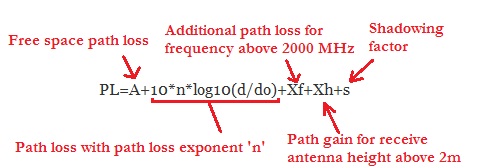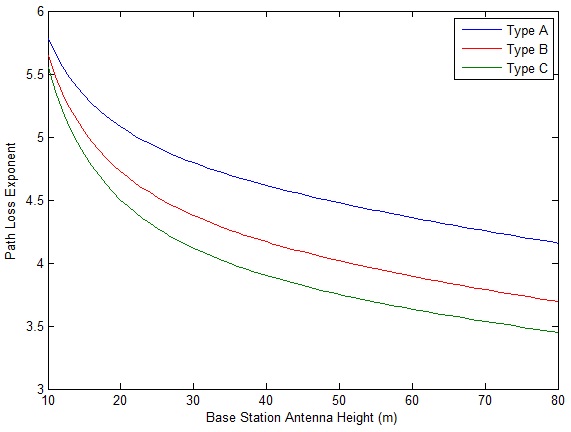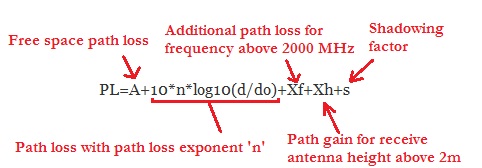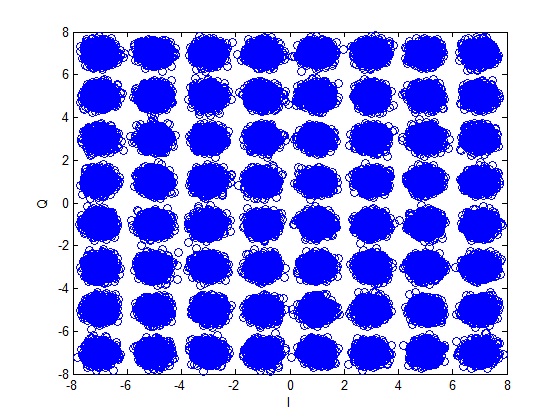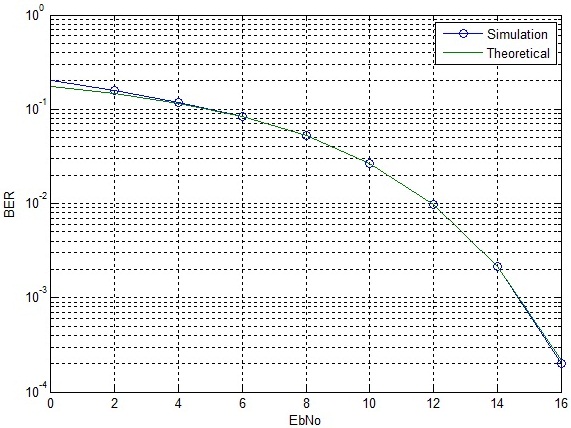Remember Qualcomm CEO Paul Jacobs proudly claiming that his company had prevented WiMAX from getting a hold in India by acquiring BWA licenses in four regions of India. Well now Qualcomm is in a bit of bother as the Department of Telecommunication (DoT) in India has raised objections to the license application filed by Qualcomm. According to news circulating on the internet the DoT has objected to Qualcomm filing four separate applications through its nominee companies in the four regions (Delhi, Mumbai, Kerala and Haryana) it had won the licenses on June 12, 2010. Secondly the DoT has also objected to the delay in the filing of application outside the three month period required by the laws.
Qualcomm has rejected these objections saying that it has followed all rules in letter and spirit. According to Qualcomm the license application was filed in August 2010 within the three month period as required by the laws. However this is disputable as Qualcomm also submitted a revised application in December 2010. Qualcomm has also countered the second objection by saying that it plans to merge the four nominee companies so that there is no breach of law. As per the rules “if at any stage the spectrum allocation is revoked, withdrawn, varied or surrendered, no refund will be made”. So if an understanding is not reached between Qualcomm and DoT, Qualcomm is set to lose more than $1 billion that it had paid for the BWA spectrum.
Qualcomm Inc. is a leading wireless chip manufacturing company of the world. It is the pioneer of CDMA technology and its chipsets have been embedded in more than a billion cell phones. Qualcomm has greatly invested in UMTS technology and is a strong proponent of WCMDA, HSPA and LTE standards. It had a paid about a billion dollars for the right to use a 20 MHz chunk of spectrum in the 2.3 GHz band. It plans to bring TDD LTE to India, which is a considered to be a comparatively economical 4G technology.
